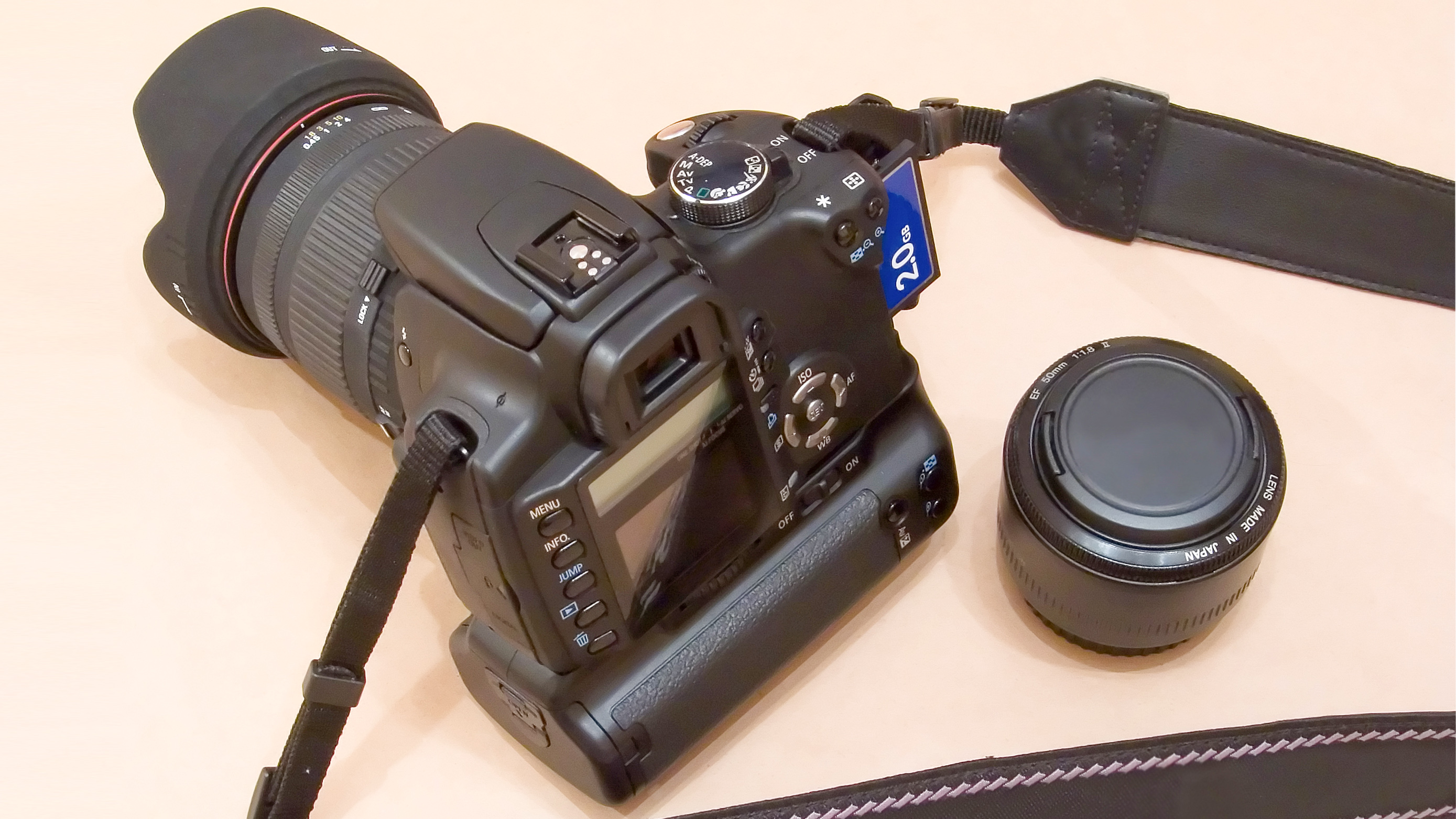
While it was the original Canon EOS Digital Rebel (Canon EOS 300D in Europe) that was the first sub-$1,000 digital SLR when released in 2003, it was its successor two years later that really kick-started the DSLR revolution for millions of new beginners around the world.
The Canon EOS Digital Rebel XT (Canon EOS 350D in Europe) was smaller, lighter with much better specs than its predecessor, bringing an affordable ‘interchangeable lens’ digital camera to the amateur masses.

Before the Canon EOS Digital Rebel XT/EOS 350D, the camera market was mainly making expensive and bigger professional cameras. The Rebel XT was different – it was a budget entry-level digital SLR for consumers, and helped accelerate significant growth in the DSLR amateur market in 2005 and throughout the 2000s.
The 350D gained many upgrades previously ‘locked’ in the original Digital Rebel, including an 8.0 megapixel CMOS sensor (up from 6.3 megapixels), producing 3456 x 2304 pixel images, a new DIGIC II image processor, faster power-on time of 0.2 seconds.
It could also shoot at 3fps for 14 JPEGs or 4 RAW images continuously before hitting the buffer. This was very impressive back in 2005!
Writing images to the CompactFlash card was three times faster, and an USB 2.0 connection meant higher-speed data transfer to your PC.
Plus it was the world’s lightest digital SLR camera at the time, weighing in at 485 grams. It came in a classier black body so it looked more like a proper camera, although silver versions were available for those who wanted one to match the 300D.

Check out the best lenses for Canon DSLRs







